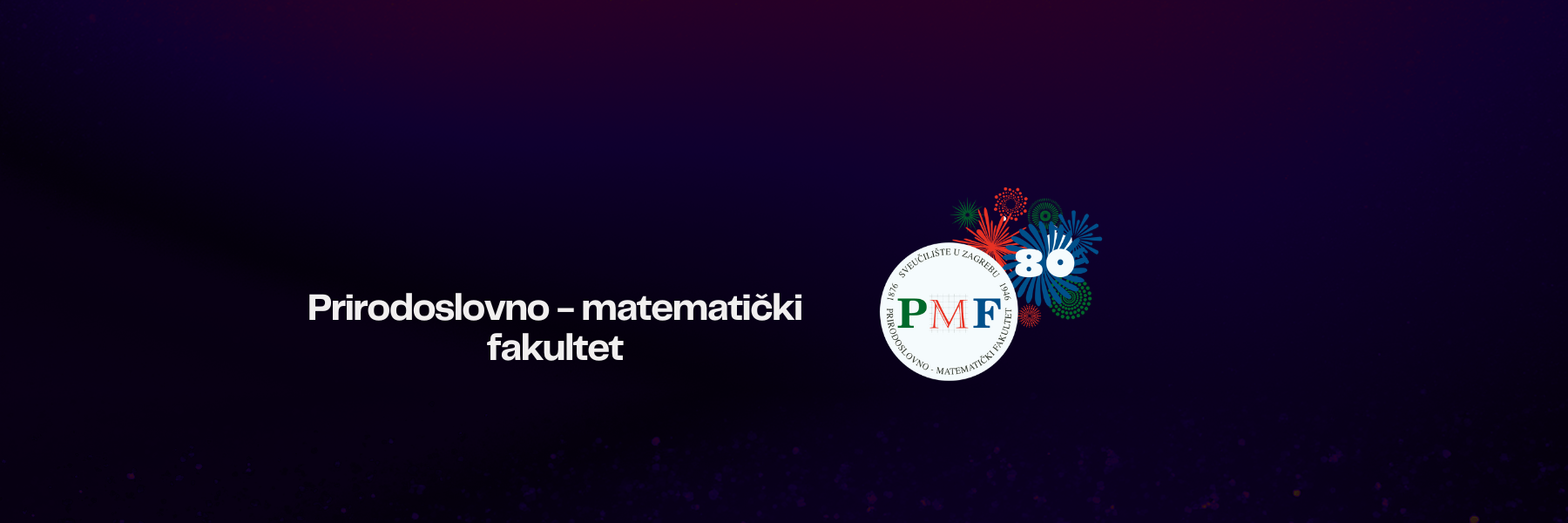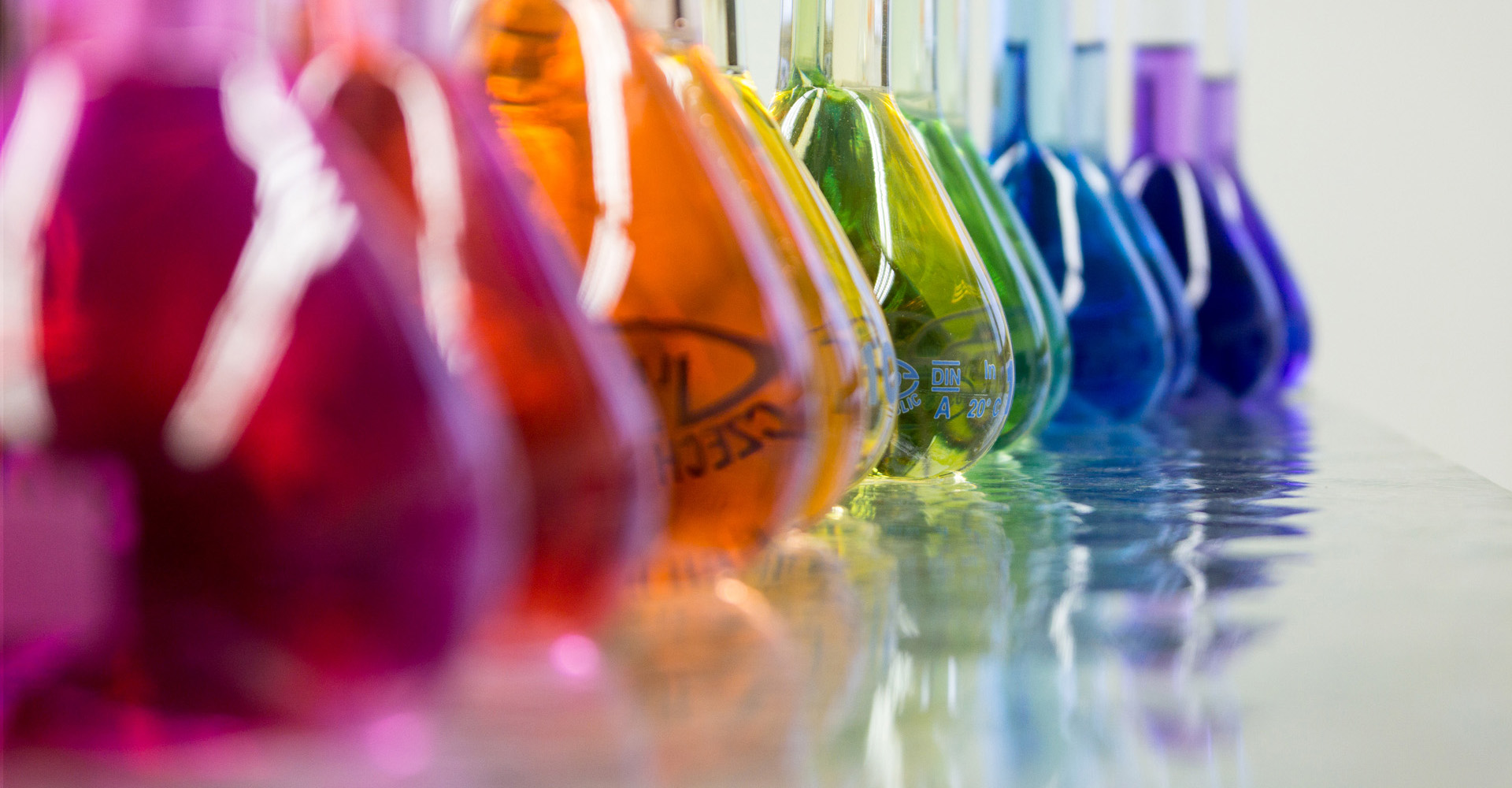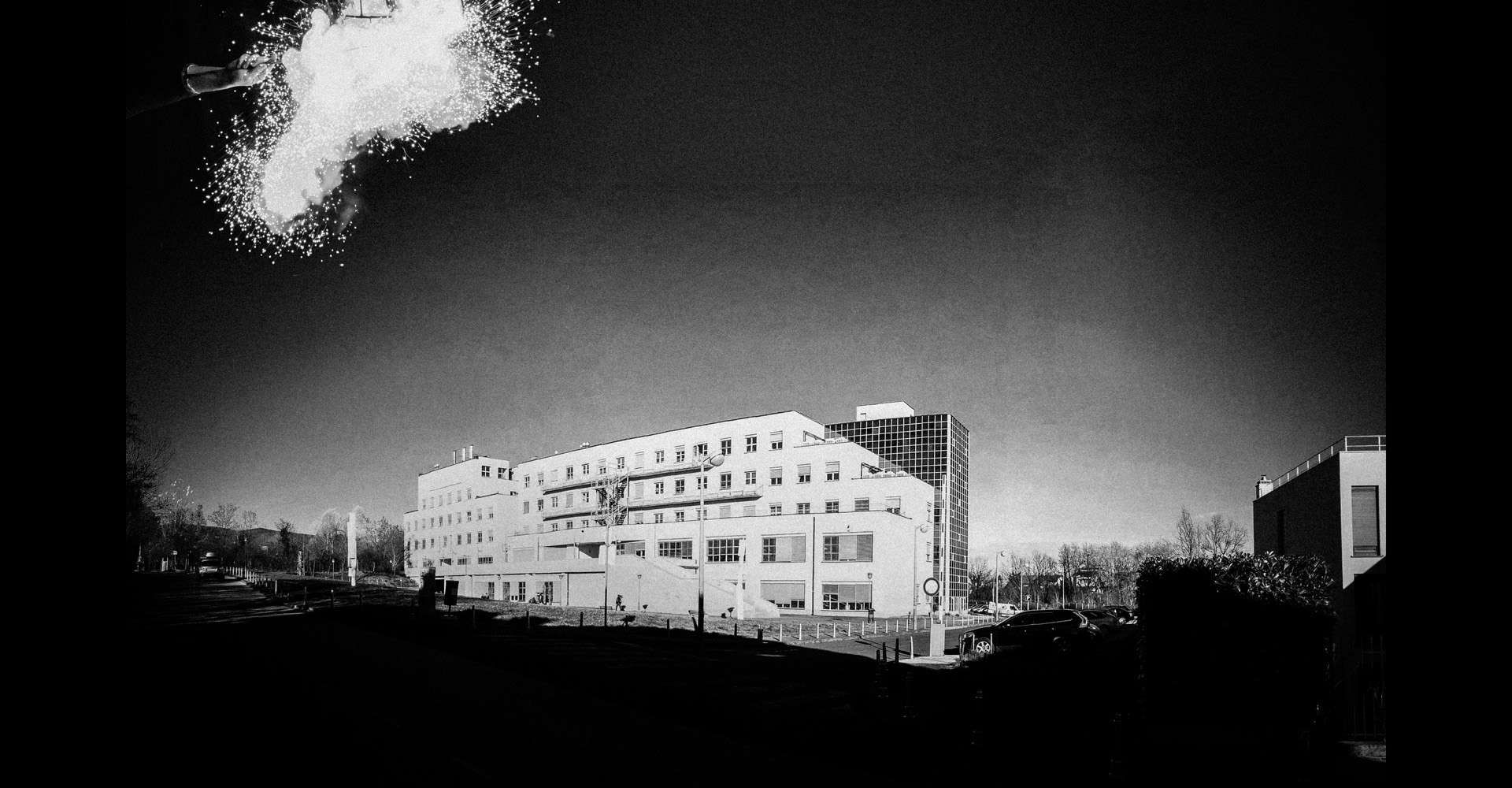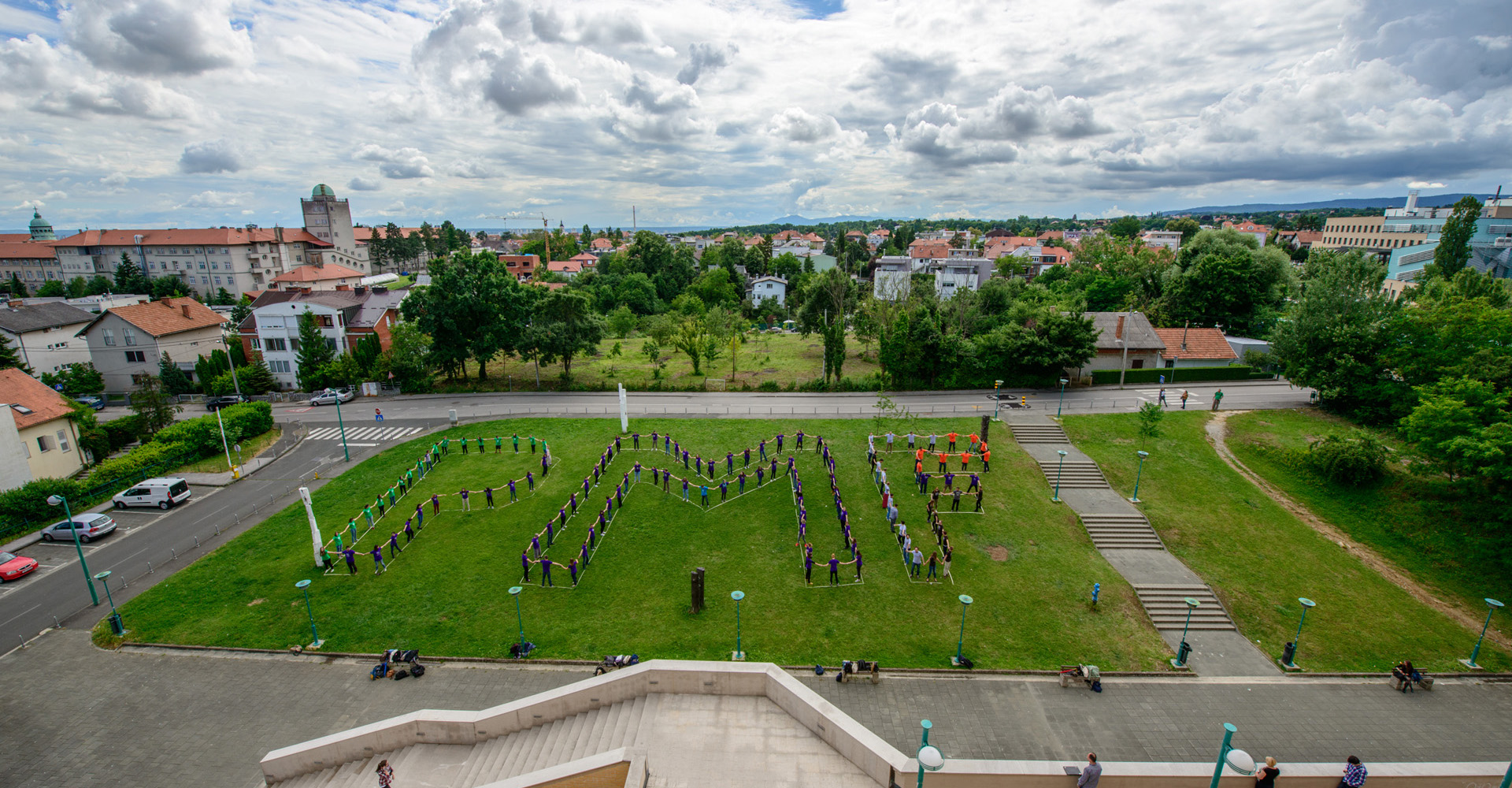PROJEKT CANONICAL VS NON-CANONICAL MISTRANSLATION
Trajanje / Duration: 2018. - 2020.
Financiranje / Funding: Ministry of Science and Education of the Republic of Croatia and DAAD (a bilateral Croatian-German project)
VODITELJI PROJEKTA / PRINCIPAL INVESTIGATORS: prof. dr. sc. Ita Gruić Sovulj, Prof. Dr. Boris Macek
INSTITUCIJE KOJE SUDJELUJU U PROJEKTU / INSTITUTIONS
Prirodoslovno-matematički fakultet, Sveučilište u Zagrebu / Faculty of Science, University of Zagreb
Centar za proteomiku, Tuebingen / Eberhard Karls Universität Tübingen, Proteome Center
NAZIV PROJEKTA / PROJECT TITLE
Stanični odgovori na kanonsku i nekanonsku mistranslaciju
Cellular responses to canonical and non-canonical mistranslation
SAŽETAK / ABSTRACT
Protein synthesis (translation) provides biochemical foundation of life. Proteins are cell´s molecular machines with the numerous life-essential functions. Decoding of the genetic information entails attachment of amino acids to their cognate tRNAs in the aminoacylation reaction that is catalysed by aminoacyl-tRNA synthetases (AARSs). Formed aminoacylated tRNAs are the key players in the ribosomal protein synthesis. Some AARSs do not properly distinguish between cognate and non-cognate amino acid substrates and thus employ hydrolytic editing to ensure the required level of aminoacylation fidelity. In case their quality control mechanisms are disabled, erroneous translation leads to mistranslated proteome that consequently causes defects in cell growth and fitness. The goal of this grant proposal is to reveal the cells response to mistranslation at proteome level using stable isotope labelling with amino acids in cell culture (SILAC) in combination with shotgun proteomics and high resolution mass spectrometry. In particular, we are interested in comparison of the proteome tolerance towards misincorporation of proteinogenic (canonical mistranslation) and non-proteinogenic (non-canonical mistranslation) amino acids. The idea is to compare whether amino acids that are not coded for protein synthesis are less tolerated within the protein folds normally build from the standard amino acid alphabet. The enzyme that will be used to introduce mistranslation in Escherichia coli is isoleucyl-tRNA synthetase (IleRS). This enzyme may efficiently aminoacylate cognate isoleucine and non-cognate valine and norvaline to tRNAIle. However, IleRS prevents accumulation of the misaminocylated tRNAs and their use in protein synthesis by rapid hydrolysis of Val-tRNAIle and Nva-tRNAIle within its editing domain. Using an E. coli strain designed to mistranslate at isolecine codons we will be able to introduce valine or norvaline at isoleucine positions proteome-wide. Norvaline is a non-proteinogenic, likely an ancient, amino acid that was found in meteorites and under prebiotic-like laboratory conditions. When intentionally incorporated into proteins, it promotes growth defect and loss of cellular fitness. These findings give rise to several interesting research questions, such as what is the basis of norvaline toxicity? Norvaline is a hydrophobic amino acid with linear side chain. Does that make norvaline particularly unsuitable for participation in (extant) proteins? Do some proteins tolerate norvaline better than the others? To answer these questions, we want to compare stability of the E. coli proteome when norvaline or valine are incorporated at isoleucine places under conditions that promote controlled mistranslation. We have recently introduced shotgun proteomics as a powerful tool in global quantitative analysis of mistranslation. Using this proteomic approach combined with protein modification analysis for quantitation of mistranslation in vivo, we will compare proteins’ tendency towards aggregation, their turnover rates and sensitivity to chaperon-dependent folding when they are mistranslated with norvaline or valine. This will show whether norvaline infiltration promotes higher protein instability than canonical mistranslation, providing clues as to why norvaline is absent from the genetic code.
PROJEKTNI TIM / PROJECT TEAM
Prirodoslovno-matematički fakultet, Sveučilište u Zagrebu: Ita Gruić Sovulj, Marko Močibob, Marija Viher
Centar za proteomiku, Tuebingen: Boris Maček, Maja Šemanjski
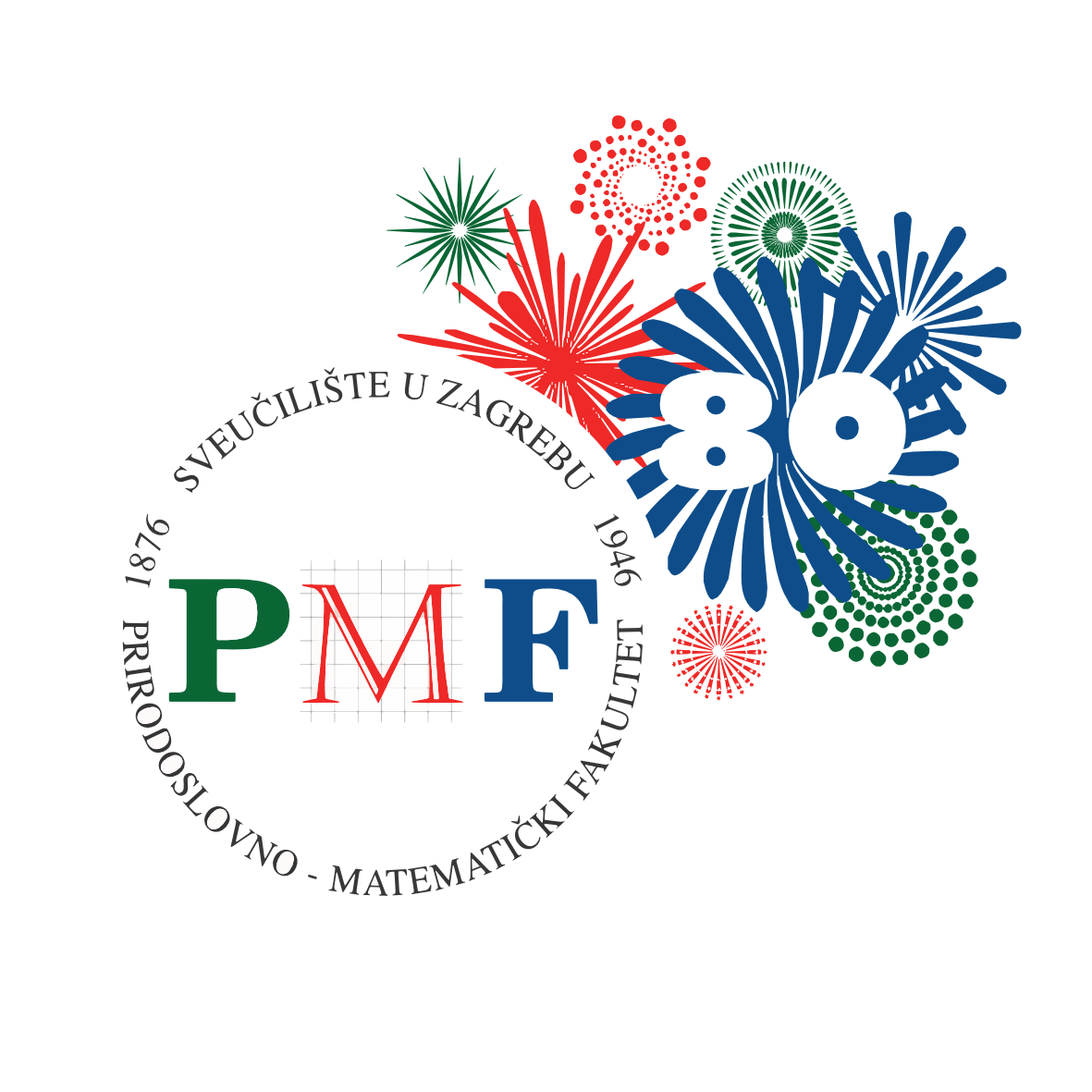
 Pristupačnost
Pristupačnost